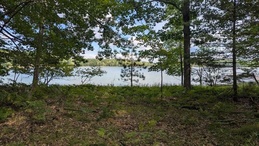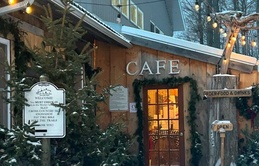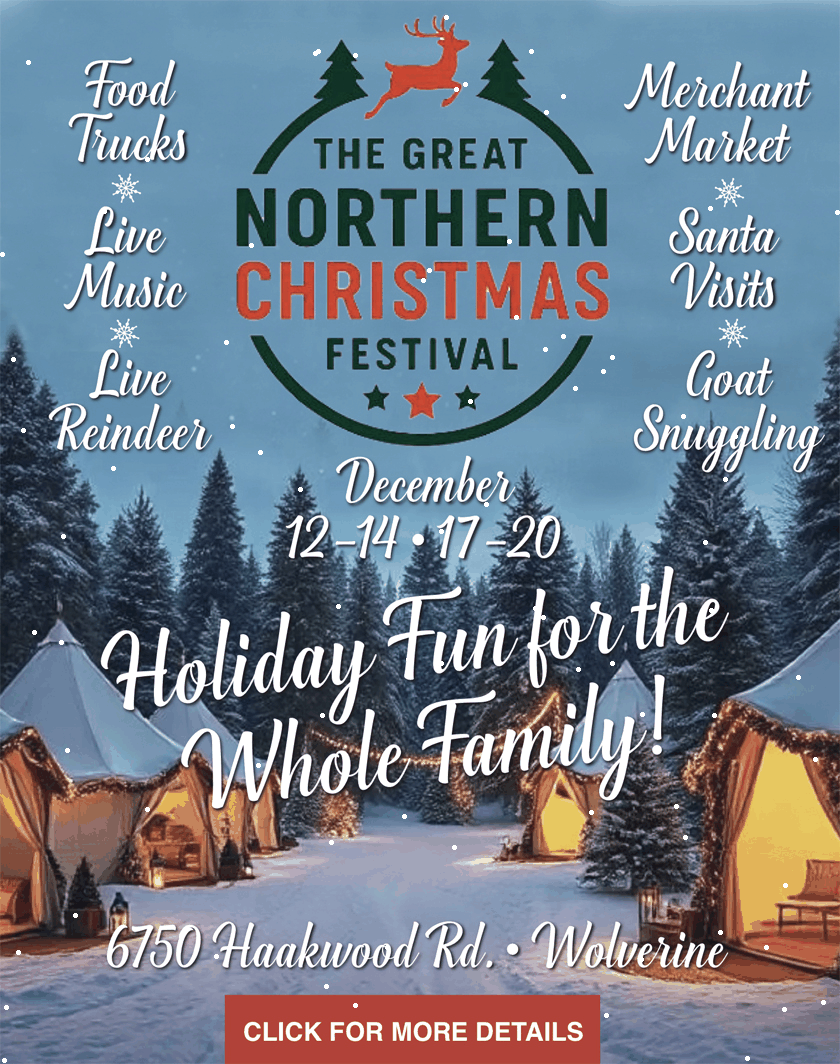Tale of the Totem
Aug. 31, 2008
For as long as Al McShane can remember, he has had a fascination with totem poles.Al retired as a plumbing inspector from the city of Detroit several years ago and moved to Rapid City. He then took a part-time job as a plumbing inspector for Antrim County. During the summer months he enjoyed working in his perennial gardens, but when winter arrived, he was left looking for something to do in his spare time.
Although he had never carved anything in his life, McShane thought that someday he would like to make a totem pole. He began to research the subject. He learned that since the Indians of the Pacific Northwest and lower Alaska had no written language, they carved their family history and tribal legends into tall poles made of native red cedar.
These totem poles had religious, ceremonial and historical significance. They were outgrowths of the region’s aboriginal art forms and played an important part in their potlatch ceremonies, a tribal feast which held deep meaning to the coastal Indians.
The totems were carved to represent a variety of topics: the family-clan, its kinship system, its dignity, its accomplishments, its prestige, its adventures, its stories, or its rights and prerogative. In essence, a totem pole served as the emblem of a family, or clan, and a reminder of its ancestry.
Totems were raised to honor an influential deceased elder and to show the great number of names and rights a person had acquired over the course of a lifetime, or to record an encounter with a supernatural being. They could also symbolize the generosity of the person who had sponsored a potlatch ceremony.
THE RAVEN
The Indians believed that ravens, which were native to the area, were sacred; they thought of themselves as being sons and daughters of the raven. That is why the raven, with its strong beak and eyes, is often seen carved near the top of the pole. This is seen as a position of protection.
Other symbols which were used are the thunderbird, man, bear, turtle, whale, eagle, hawk, fish, beaver, wolf, frog, and even the mosquito. Specific symbols and colors were used by individual tribes.
During the winter of 2006, McShane decided to make a totem pole. He acquired a log from a place that builds log homes. It had been turned on a lathe and was kiln dried, which made it much easier for him to work on. Initial cuts in the log were made with a chain saw.
“Carving totem poles is the perfect way to whittle away the dreary, winter months,” he says.
Once he finished a symbol on the totem, he painted it using an outdoor sash and trim paint. He used primary colors, mixing some of his own. A finish coat of polyurethane was added for protection against the elements. The bottom portion of the pole was tarred, and then McShane and a friend installed it in his back yard.
WORK IN PROGRESS
Just as totem poles of old told a story, so does McShane’s. He refuses to divulge the story but admits that it is “work related!”
McShane completed his second totem pole this past winter. It was made from eastern white cedar and measured close to 20 feet tall. The log came from a saw mill and has irregularities in it which proved to be much more challenging than his previous totem.
“This has proven to be a learning experience,” McShane says. “I’ve really gone through the school of hard knocks, learning through trial and errors, like tearing up the wood.”
“When I start carving a totem pole, all of a sudden I’m not a plumber anymore, working by the hour – I’m an artist,” he adds. “My totems are like toothpicks compared to the size of the original ones and I’d still like to carve a really big one someday.”
Trending

Welcoming the Winter Solstice: Rituals & Events for the Shortest Day of the Year
With the winter solstice quickly approaching, it’s hard not to notice how dark each day feels. Astronomically, this is… Read More >>
Camp Greilick Now Open!
It’s been a long road for the century-old Camp Greilick, which, after several dormant years, was acquired by Grand Tra… Read More >>
Men and Ugly Sweaters
Those two things don’t always go together, but on Dec. 19, you’ll see both out and about in Petoskey and Harbor … Read More >>


